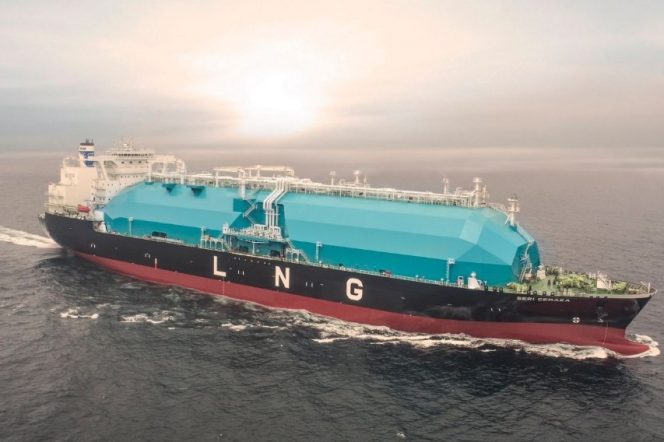The worldwide natural gas sector has been hit by a “triple whammy”, Wood Mackenzie said in a report on Wednesday.
This includes the impact of the Covid-19 coronavirus pandemic, oil price crash and LNG oversupply,
“While the collapse of LNG prices towards US production break-evens was foreseeable, the narrative for the rest of 2020 could not be more unpredictable,” Wood Mackenzie research director Robert Sims said.
“An already oversupplied LNG market comes out of a mild winter with high inventories across Europe and Asia, only to face a global pandemic which has already destroyed gas demand across China and looks increasingly set to do the same across the Asia Pacific and Europe”, Sims said.
He said that the consultancy expects global demand to grow by 6 percent year-on-year to 371 million tonnes in 2020.
However, these numbers would need constant revision as economies around the world “feel the force” of the growing pandemic.
Coronavirus impact in China and Europe
China’s gas consumption has been severely impacted as robust containment measures were quickly put in place through January and February.
With a resumption in economic activity, Wood Mackenzie estimates a full-year gas demand reduction of between 6 and 14 billion cubic metres in 2020.
This would lead to a 4 percent to 6 percent growth in gas demand this year.
With the daily number of new cases continuing to fall in China, policy focus has turned to gearing up economic recovery.
Daily tariff indicators suggest that China is lifting transport and logistic constraints quickly.
Also, the government is reducing gas prices to non-residential users. This provides support to coronavirus-affected businesses to resume operations, Wood Mackanzie said.
However, these are insufficient to stir lost-demand recovery and new coal-to-gas switching programmes, it said.
According to Wood Mackanzie, China’s LNG demand would reach 65 million tonnes this year, representing a 6.6 percent growth year-on-year.
Wood Mackenzie expects that in Europe, low gas prices would continue to support gas-fired generation.
However, future coronavirus containment measures and threats of an economic downturn pose a risk.
Worst-case scenarios could see lockdowns deployed in more countries. This would lead to severe disruptions to global supply chains by restricting movements of people and goods.
Low oil prices support coal-to-gas switching in power sector
Should low oil prices stay, oil-indexed LNG contracts in Japan and South Korea will become cheaper, according to Wood Mackenzie.
This could disrupt coal generation in favour of gas in both markets, as soon as August this year.
This is similar to how sustained low TTF prices in 2019 removed coal from power grids across North West Europe.
The consultancy expects Japan’s LNG demand to grow 5.1 percent to 81 million tonnes in 2020, compared to last year.
At the same time, South Korea’s LNG demand would rise 7.7 percent to 42 million tonnes, as more LNG displaces coal in the power sector of both countries, Sims said.
Elsewhere, attention moves to potential loss of associated US gas supply, which could hurt US LNG producers further.
US LNG producers would likely feel the impact through 2021 due to the delayed nature of drilling reductions.
“At a lower $35 per barrel oil price, we could expect about 2 billion cubic feet per day of US gas production to be impacted by the middle of next year,” Sims said.
Fundamentals of LNG oversupply remain
The agency said the fundamentals behind the global LNG oversupply remain.
These include strong production growth, weak Northeast Asian demand with prices as low as $2.75 per million British Thermal Unit.
It also includes an increasingly saturated European gas market as TTF prices have sunk to $2.98 million British Thermal Units.
“Prospects of any quick recovery in the latter two have been dealt a blow by the impending economic downturn many are predicting this year, leaving the only likely balancing item left – a turn down of US Gulf coast production,” Sims said.
“We forecast 0.5 billion cubic feet per day of production will be lost through Q2-Q3, but there is risk that this number may prove too conservative if demand drops further,” he concluded.

